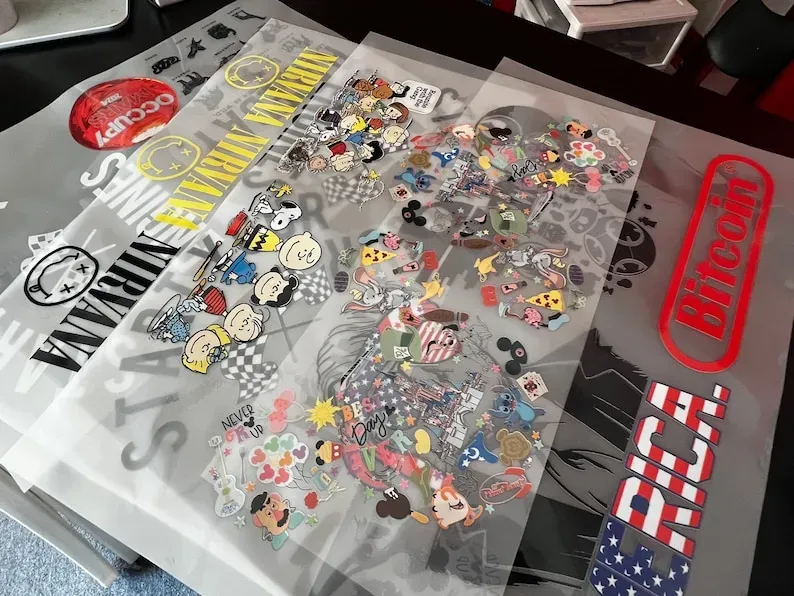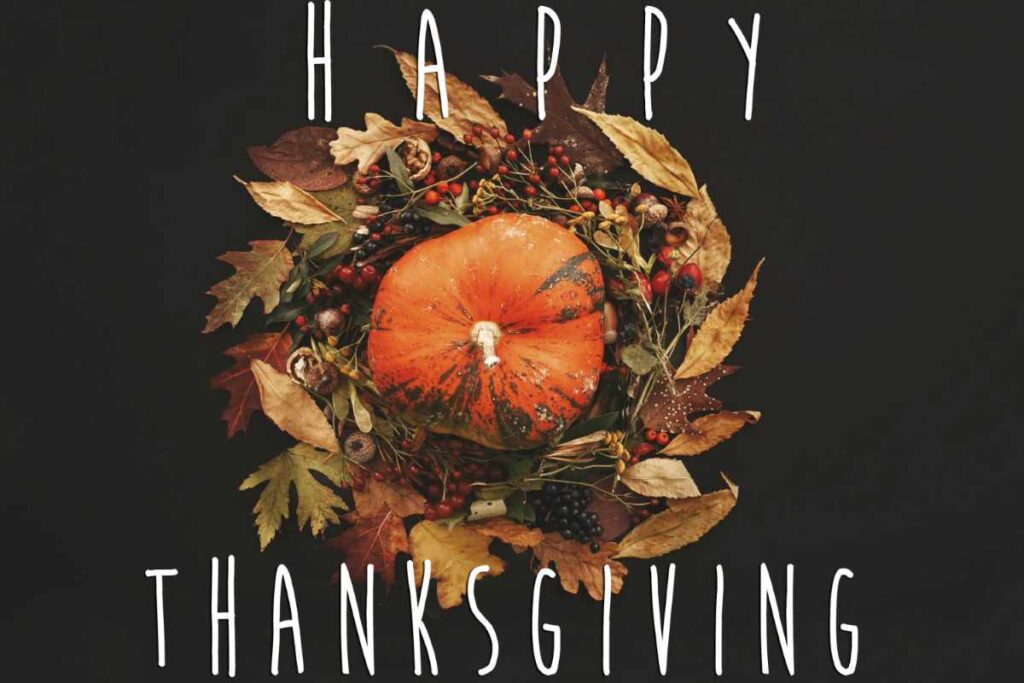In the rapidly evolving world of custom apparel printing, the DTF gangsheet stands out as a game-changing innovation. This method, which leverages the Direct-to-Film (DTF) printing process, allows for multiple designs to be printed on a single sheet, thus optimizing efficiency and reducing waste. If you’re curious about how to create a DTF gangsheet, you’re in for a treat, as this guide will unravel the intricacies of the DTF printing process. From selecting the right software for design preparation to the final application on garments, every step contributes to achieving vibrant and durable prints. Dive into the details of gangsheet printing and elevate your custom apparel endeavors with this cutting-edge technique.
In the realm of textile decoration, modern printing techniques have paved the way for innovative solutions like the DTF film gangsheet. This contemporary approach to printing offers a unique blend of versatility and efficiency, appealing to designers and businesses alike. By adopting methods such as gang sheet printing, creators can maximize their production capabilities while minimizing material waste. Understanding the details of the DTF printing process, including the essential steps to create your own custom designs, is key to excelling in this medium. Embrace the future of apparel printing with insights on how to harness the power of DTF technology.
Exploring the Benefits of DTF Printing
DTF printing has revolutionized the custom apparel industry with its impressive versatility. Unlike traditional silk screen or direct-to-garment (DTG) printing, DTF allows for printing on a wider range of fabrics, including cotton, polyester, and blended materials. This flexibility expands the possibilities for apparel customization, making it easier to cater to various customer preferences. With DTF printing, businesses can also produce vibrant colors and intricate designs that may be difficult to achieve with other printing methods. This makes DTF an excellent choice for graphic-heavy designs and multi-color prints.
In addition to its versatility, DTF printing is also highly efficient and cost-effective. The ability to print multiple designs on a single gangsheet minimizes material waste, significantly reducing production costs over time. With the right setup and printer, DTF printing can handle both small and large orders with equal efficiency, making it a fantastic option for both small businesses and larger apparel brands. The quick turnaround time from design to finished product enhances the overall customer experience, solidifying DTF printing’s place in the custom apparel market.
How to Create a DTF Gangsheet Efficiently
Creating a DTF gangsheet involves careful planning and design preparation to maximize efficiency. Start by selecting the appropriate software that allows you to manipulate your designs effectively, such as Adobe Illustrator or Photoshop. Ensure that your artwork is set to the right dimensions and that it maintains high resolution. By organizing your designs strategically on the gangsheet, you can optimize the use of space, which is vital for reducing printing costs and resource waste. Furthermore, it’s helpful to group similar colors or themes to streamline the printing process.
Once your designs are arranged, double-check the layout to avoid misprints. Properly aligning your artwork not only saves time during production but also enhances the aesthetic appeal of the final product. After the design phase is complete, ensure that your DTF printer has been calibrated correctly and is equipped with high-quality inks to maintain consistency and quality throughout the printing process. By adhering to these practices, you can create a DTF gangsheet that meets both your design standards and commercial needs.
Understanding the DTF Printing Process
The DTF printing process comprises several crucial steps that culminate in the successful transfer of designs onto garments. Initially, high-quality images are printed onto a specialized DTF film using a printer designed for this technology. Following this, hot melt adhesive is applied to the back of the printed film, which is essential for the adhesion of the ink to the fabric. This adhesive layer solidifies the colors and ensures the durability of the print once cured.
After the adhesive application, the printed film is subjected to heat pressing, which activates the adhesive and secures the design to the garment. It’s important to monitor the recommended temperature and pressing duration as these factors significantly influence the quality of the final product. Once the printing and application processes are completed, the garment should hold up well after washes, given that the DTF printing process is designed to provide long-lasting results.
Tips for Successful Gangsheet Printing
To achieve success in gangsheet printing, it’s vital to follow specific best practices. First and foremost, always conduct test prints before running large batches. Test prints allow you to assess color accuracy and design integrity, ensuring that your adjustments are made before committing to the bulk order. This step is crucial for maintaining high standards of quality and can save substantial time and resources in the long run.
Additionally, don’t hesitate to experiment with different settings on your DTF printer. Each design and fabric may require unique temperature and time adjustments to deliver the best results. Paying close attention to the manufacturer’s guidelines regarding printer settings, kinds of DTF films, and with art processes can result in higher quality transfers. These tips collectively empower you to optimize your DTF printing workflow and elevate the final output.
Common Challenges in DTF Printing and How to Overcome Them
While DTF printing is a highly efficient process, various challenges can arise that may affect the final output. One common issue is the improper curing of the adhesive, which can lead to poor adhesion or peeling of the design after the transfer. To prevent this, use a reliable heat press and ensure it is set to the recommended temperature and pressure for the adhesive type being used. This careful attention to the curing process can make a significant difference in the durability of the printed designs.
Another challenge can be related to ink compatibility with fabrics. Some inks may not bond well with specific materials, leading to dull colors or faded prints. To mitigate this problem, always test your inks and films with the type of fabric you plan to use. By selecting compatible materials and inks, you can avoid discrepancies that could affect the vibrancy and overall quality of your prints, ensuring a successful application every time.
Choosing the Right Equipment for DTF Printing
Selecting the right equipment is fundamental to achieving optimal results in DTF printing. Begin by choosing a high-quality DTF printer capable of delivering accurate colors and fine detail. Look for printers that have been reviewed positively for DTF applications, as they will be specifically designed to handle the unique requirements of the process. Additionally, invest in high-resolution printing technology to enhance the appearance of your designs on fabric.
Along with the printer, the quality of the DTF film and adhesive used is equally important. Ensure that the film is compatible with your printer and that the adhesive is suitable for the type of designs you plan to create. Proper equipment selection will enhance the overall quality of your gangsheet production and ultimately lead to a more successful DTF printing operation, resulting in beautiful apparel that customers will love.
Frequently Asked Questions
How to create a DTF gangsheet for custom apparel printing?
To create a DTF gangsheet, start by preparing your designs using graphic software like Adobe Illustrator or Photoshop. Arrange your designs on a gangsheet template to maximize space. Then, print the designs on special DTF film, apply adhesive powder, cure the adhesive using a heat press, and transfer the design onto your garment by following the recommended heat settings.
What is the DTF printing process for producing gang sheets?
The DTF printing process involves first designing your artwork, then printing it onto a special film. After printing, you apply hot melt adhesive, cure it with a heat press, and finally transfer the design to the fabric. This method ensures vibrant prints and efficient use of materials, especially when using gang sheets.
What materials do I need for DTF gangsheet printing?
For DTF gangsheet printing, you will need a DTF printer, DTF film, hot melt adhesive powder, and a heat press. Additionally, high-quality ink suited for DTF printing is essential to achieve the best results in your designs.
Can I print multiple designs on one DTF gangsheet?
Yes, one of the primary benefits of DTF gangsheet printing is that you can print multiple designs on a single sheet. This maximizes efficiency and reduces waste, making it ideal for batch orders and custom apparel projects.
What tips should I follow for successful DTF printing?
For successful DTF printing, conduct test prints to ensure color accuracy, experiment with printer settings to optimize results, and always follow manufacturer guidelines for your printer and adhesive. Proper design arrangement and attention to detail during the transfer process are also crucial.
What are the advantages of using a DTF gangsheet in custom apparel printing?
Using a DTF gangsheet in custom apparel printing allows for high-quality prints on various fabrics while improving efficiency. It reduces material waste, allows printing of multiple designs in one go, and provides vibrant colors, making it a popular choice for custom printing needs.
| Step | Description |
|---|---|
| 1: Design Preparation | Choose software, prepare artwork, and arrange designs. |
| 2: Printing the Film | Set up printer, feed film, and print designs. |
| 3: Applying Adhesive | Sprinkle adhesive on hot print, shake off excess, and cure. |
| 4: Heat Transfer to Garment | Prepare garment, position film, and press for transfer. |
| 5: Finishing Touches | Trim gangsheet, inspect for quality, and clean workspace. |
Summary
DTF gangsheet is an innovative solution for custom apparel printing that allows you to efficiently create vibrant designs for fabric. By guiding you through a meticulous process from design preparation to the finishing touches, mastering the DTF printing method can significantly enhance the quality of your creations. With practice and the right techniques outlined in this guide, achieving professional results with your DTF gangsheet has never been more accessible. Embrace the creativity that DTF printing offers, and elevate your apparel business today!



